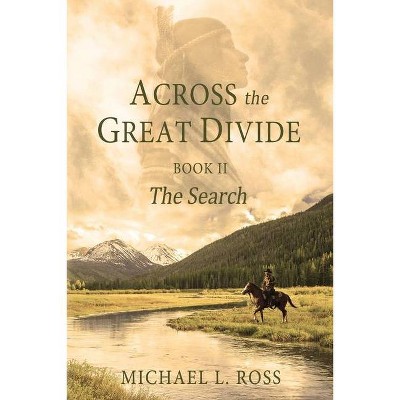Belonging across the Bay of Bengal - by Michael Laffan (Paperback)

Similar Products
Products of same category from the store
AllProduct info
<p/><br></br><p><b> Book Synopsis </b></p></br></br><i>Belonging across the Bay of Bengal</i> discusses themes connecting the regions bordering the Bay of Bengal, mainly covering the period from the mid-19th through the mid-20th centuries - a crucial period of transition from colonialism to independence. Focusing on the notion of 'belonging', the chapters in this collection highlight themes of ethnicity, religion, culture and the emergence of nationalist politics and state policies as they relate to the movement of peoples in the region. <br/><br/>While the Indian Ocean has been of interest to scholars for decades, there has been a notable tilt towards historicizing the Western half of that space, often prioritizing Islamic trade as the key connective glue prior to the rise of Western power and the later emergence of transnational Indian nationalism. <i>Belonging across the Bay of Bengal </i>enriches this story by drawing attention to Buddhist and migrant connectivities, introducing discussions of Lanka, Burma and the Straits Settlements to establish the historical context of the current refugee crises playing out in these regions.<br/><br/>This is a timely and innovative volume that offers a fresh approach to Indian Ocean history, further enriching our understanding of the current debates over minority rights and refugee problems in the region. It will be of great significance to all students and scholars of Indian Ocean studies as well as historians of modern South and Southeast Asia.<p/><br></br><p><b> Review Quotes </b></p></br></br><br>Ambitious and exhilarating, this collection weaves together the people, places, and temporalities of the Bay of Bengal (and beyond). The essays look back to the longer arcs of religion and migration and forward to colonial categorizations and postcolonial exclusions. Like resonant intellectual soundings, the essays offer multi-layered and multi-scalar histories that illuminate the complexities of the present. Bustling with memorable characters, and bobbing with "dhows, steamers and lifeboats+?, the collection is a model of global history.<br/>Isabel Hofmeyr, Professor of African Literature, University of the Witwatersrand, South Africa and Global Distinguished Professor, New York University, USA<br><br>This compelling collection of essays features some of the most creative scholars working on the cultural history of the Indian Ocean world. Breaking down the boundaries of area studies, the volume charts the multiple forms of belonging that both connected and divided communities across the Bay of Bengal. The essays here bring a vivid sense of place and personality to their analysis of how deep historical ties, familial and spiritual, flourished even under European domination; yet they are equally attentive to the points where connections rupture. This rigorous, thoughtful volume represents the very cutting edge of the field.<br/>Sunil Amrith, Mehra Family Professor of South Asian Studies and Professor of History, Harvard University, USA<br><p/><br></br><p><b> About the Author </b></p></br></br><b>Michael Laffan</b> is Professor of History at Princeton University, USA. He has worked on histories of Islam and colonialism with specific reference to Indonesians and their relationship with the Middle East. He is the author of <i>Islamic Nationhood and Colonial Indonesia </i>(2003) and <i>The Makings of Indonesian Islam</i> (2011).
Price History
Price Archive shows prices from various stores, lets you see history and find the cheapest. There is no actual sale on the website. For all support, inquiry and suggestion messagescommunication@pricearchive.us




















